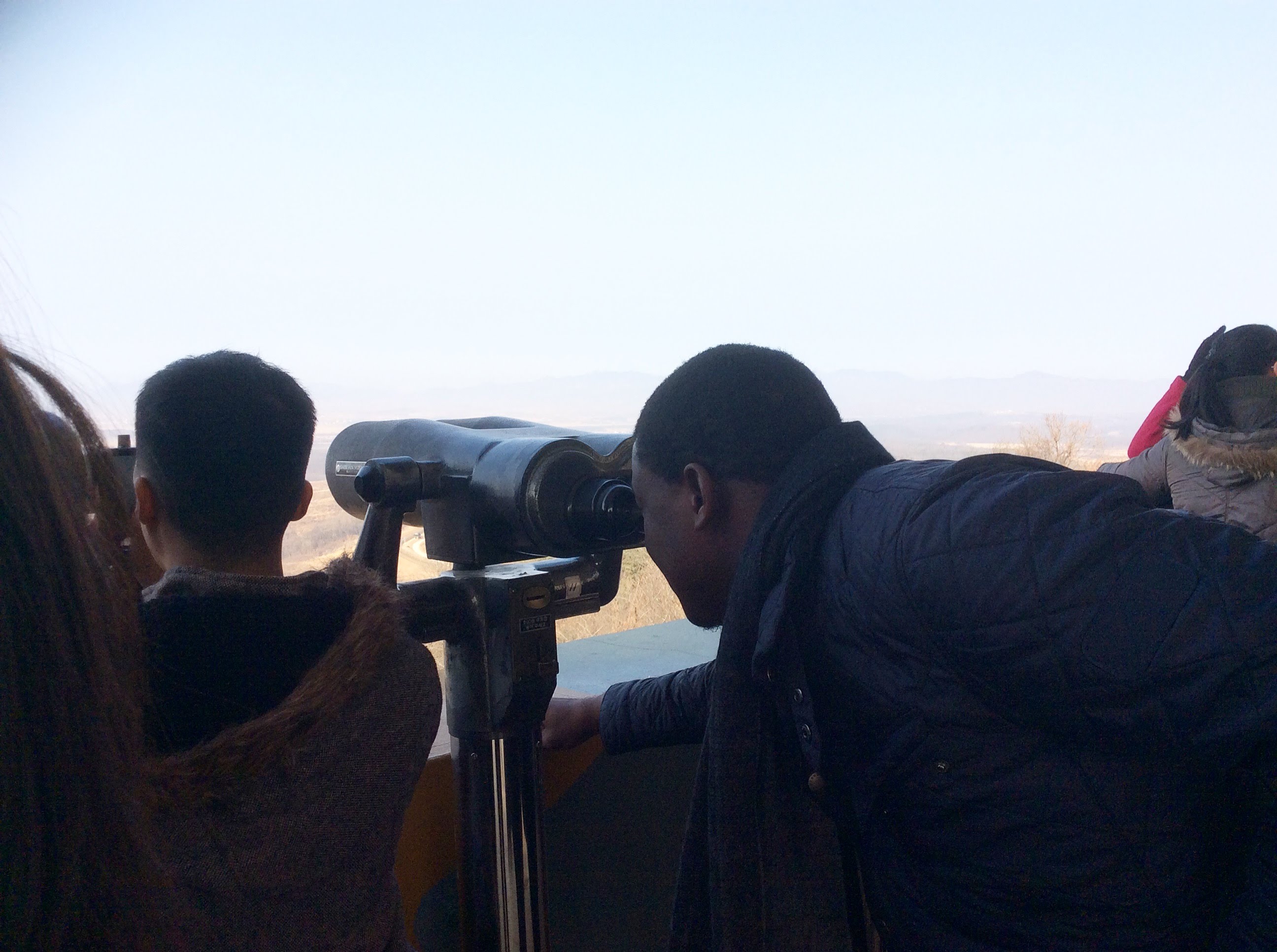
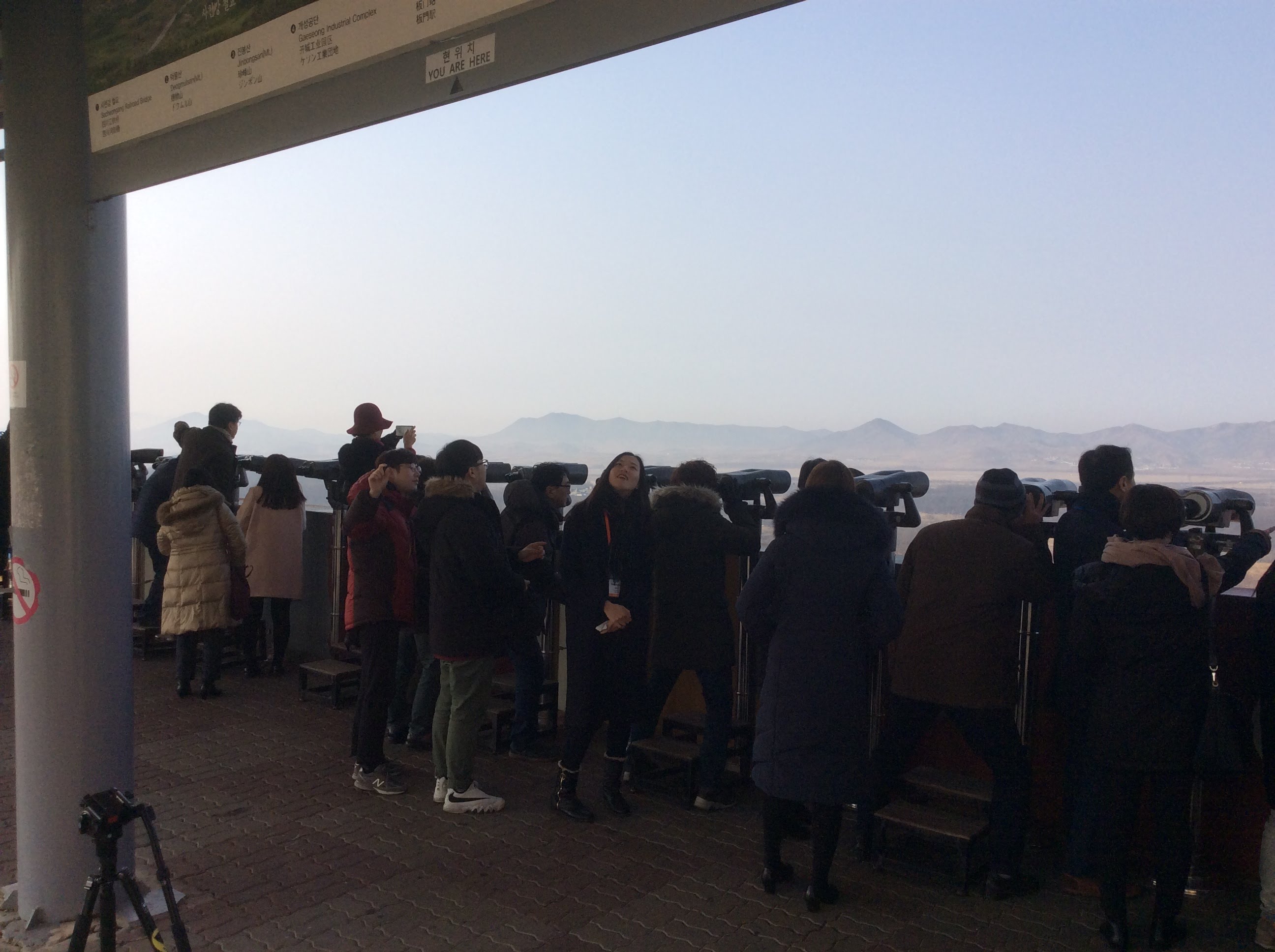
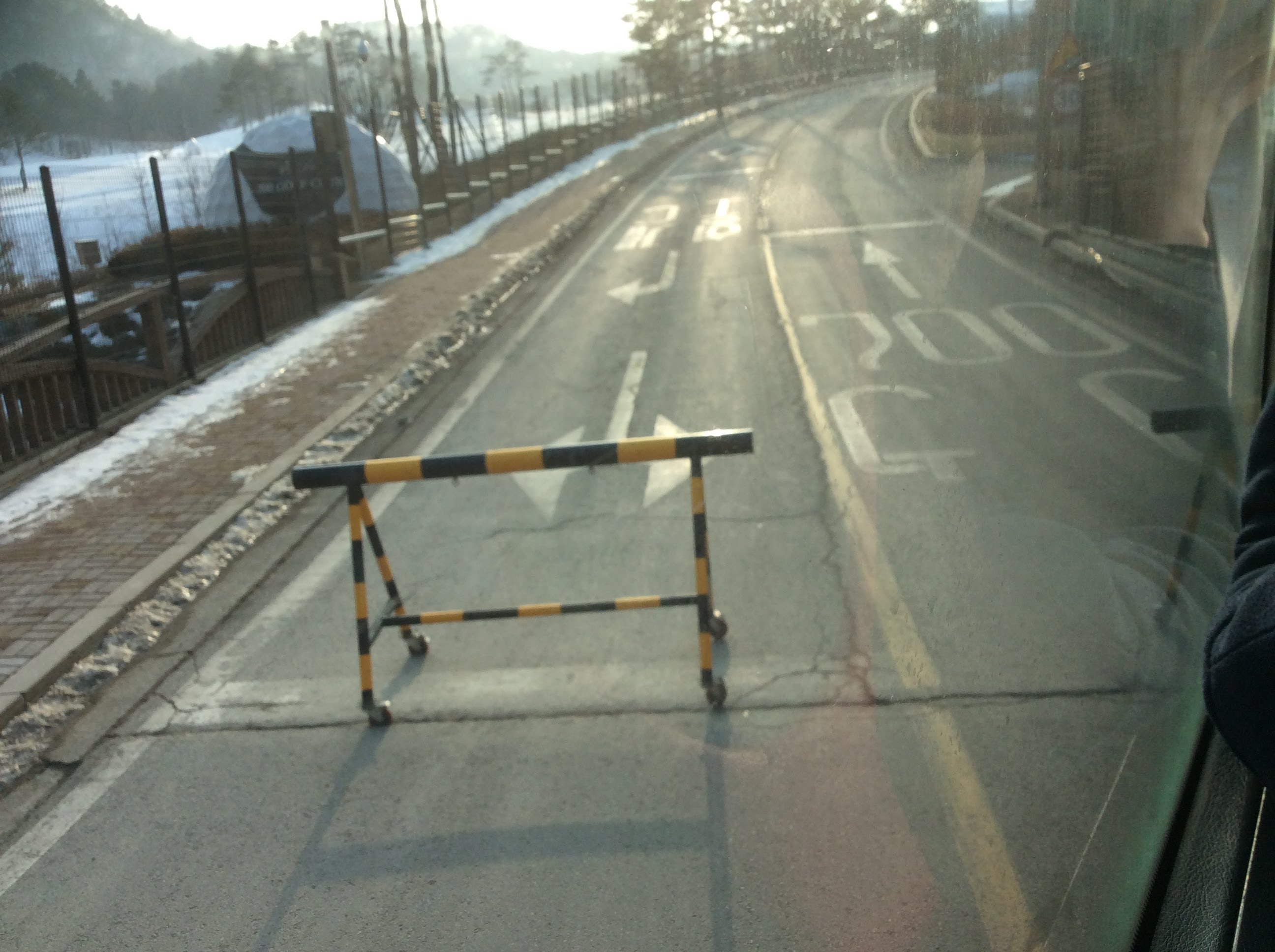
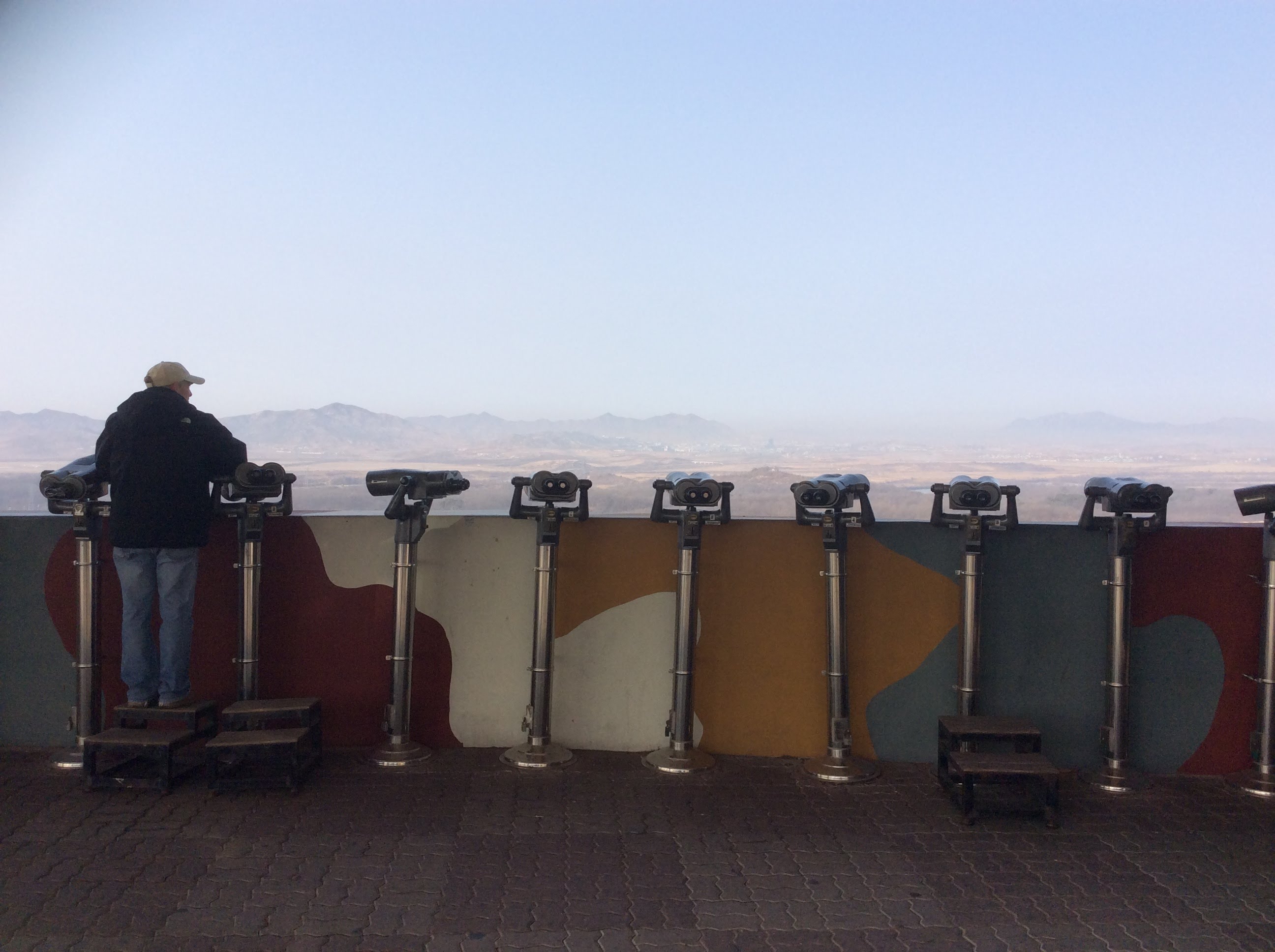

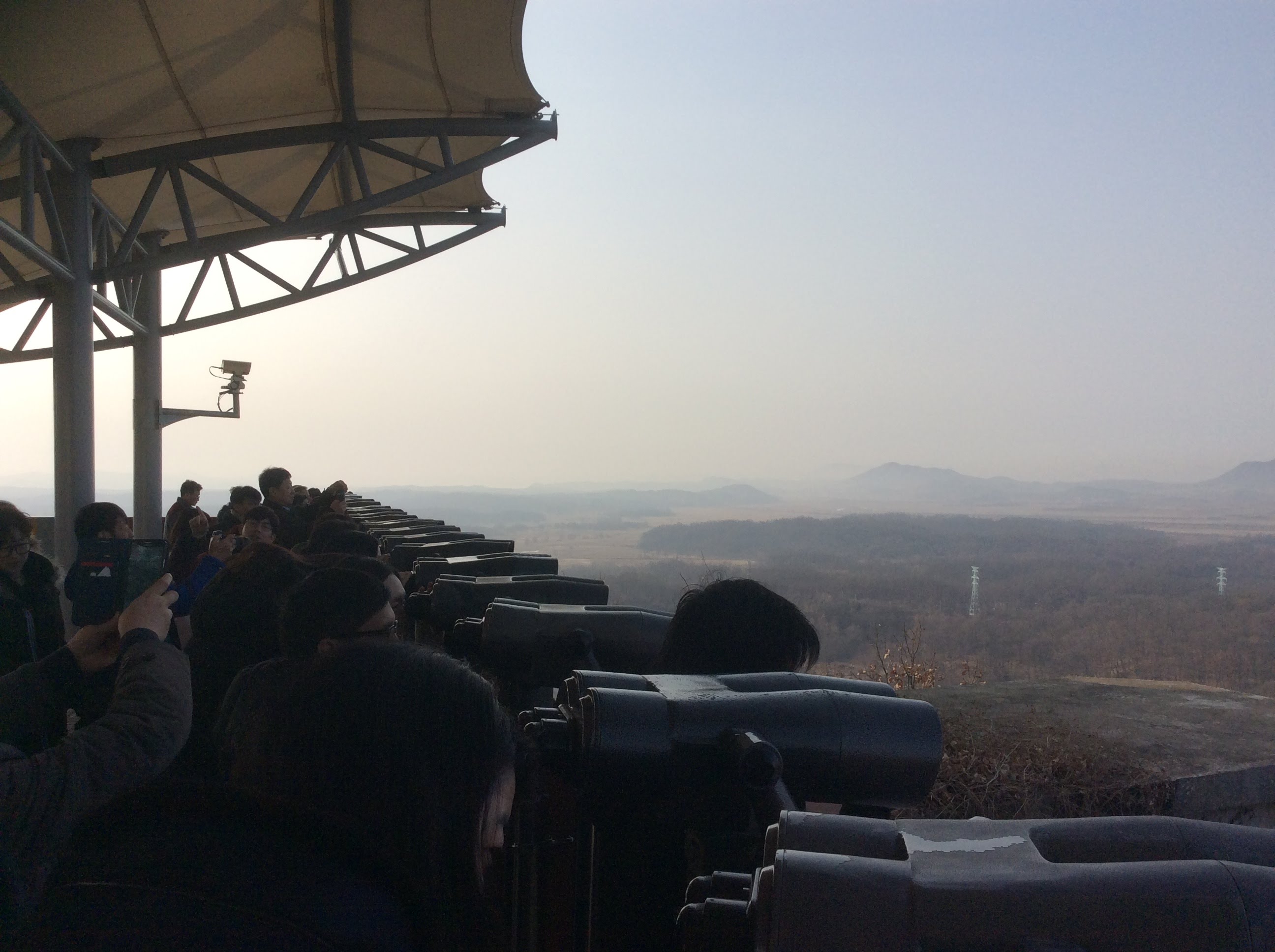
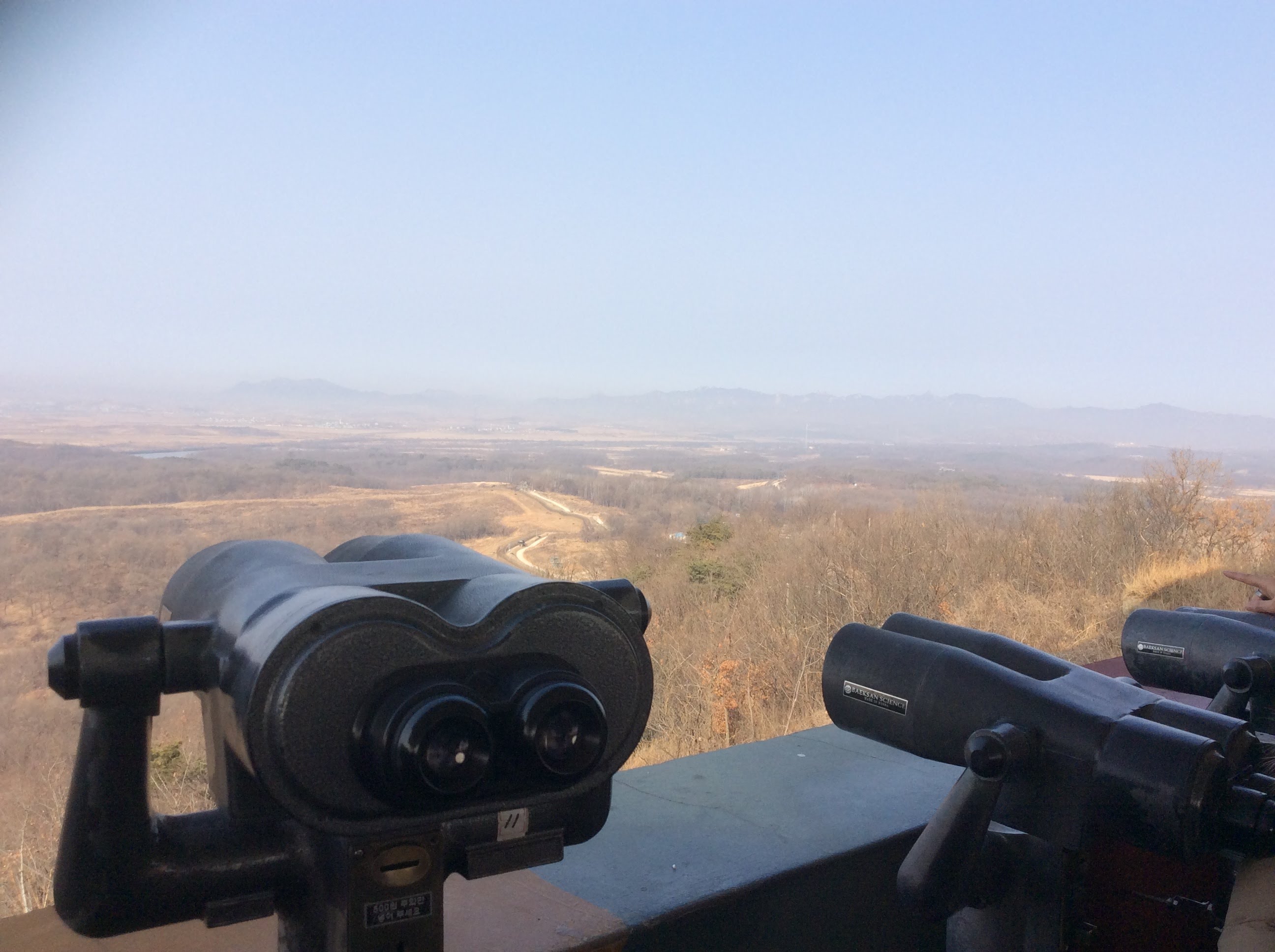


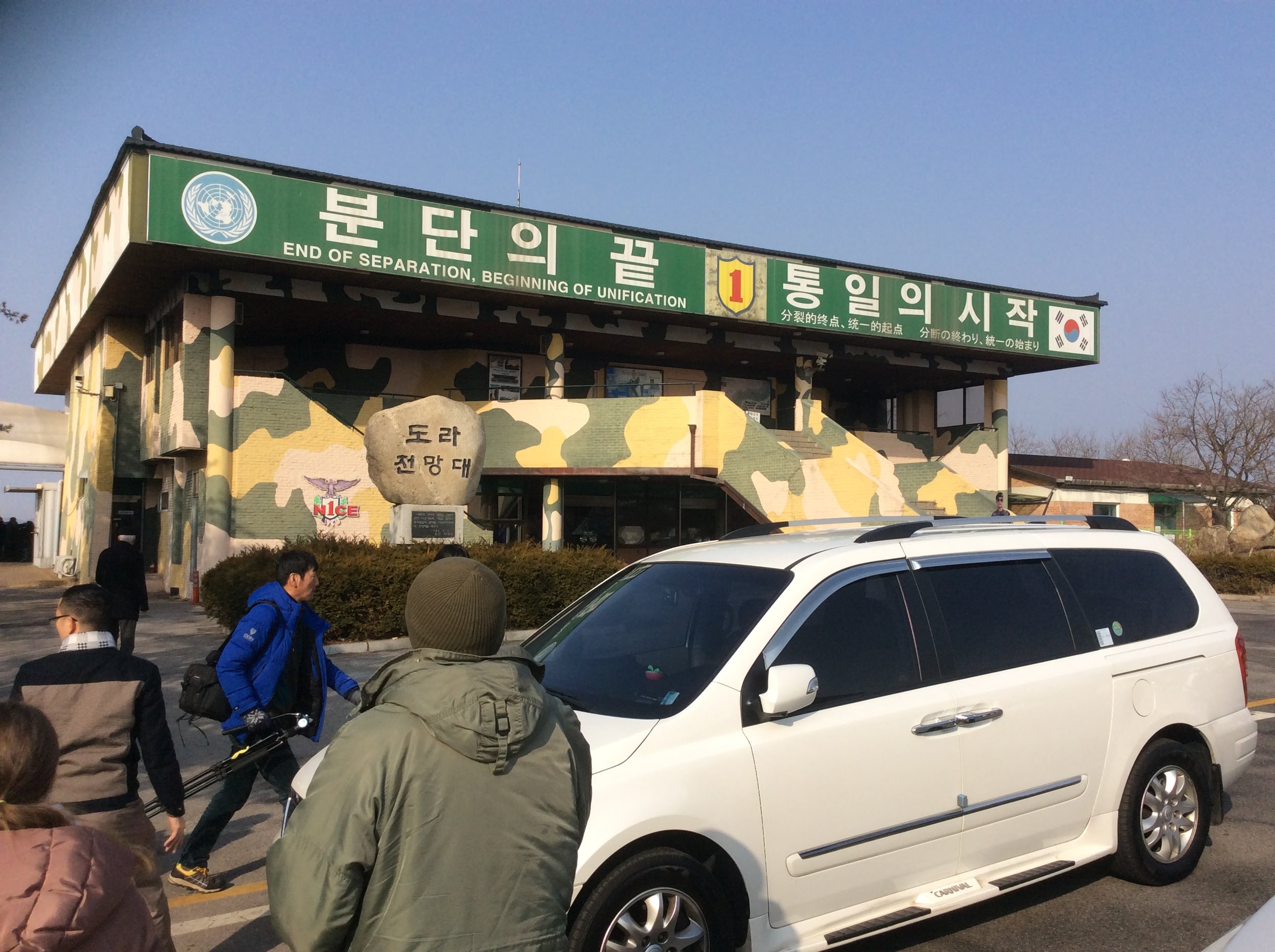 Visiting the Korean Demilitarized Zone (DMZ, as it’s commonly called) was, I think, one of the most exhilarating parts of my trip. Nowhere else in the world, perhaps, is as illustrative of tension and hostility between two countries as the DMZ is. It is the world’s only remaining demilitarized zone laid bare in a 250-km long border barrier between what is now known as North Korea and South Korea.
Visiting the Korean Demilitarized Zone (DMZ, as it’s commonly called) was, I think, one of the most exhilarating parts of my trip. Nowhere else in the world, perhaps, is as illustrative of tension and hostility between two countries as the DMZ is. It is the world’s only remaining demilitarized zone laid bare in a 250-km long border barrier between what is now known as North Korea and South Korea.
Parts of the DMZ are open to guests, though subject to last-minute cancellations in many instances. On the day of our visit, the Olympic delegation from the North had just passed through the Civilian Control Line, on the way to Seoul on a historic visit. Had we arrived there just a few minutes earlier, we may have been delayed to make way for them.
The parts of the South where visitors can visit have a number of interesting landmarks, including an observatory post from where one can peep into North Korea and see its Propaganda Village and a flag, erected to be taller than anything else near it, placed strategically near the border. There, there is a small museum showing how the Korean conflict started, the many skirmishes between both of them over the years, and other relevant information. Over the years, the North Koreans had plotted to take over the South using many sly tactics. One of them is the use of a tunnel, four of which have been discovered before they did too much damage. Guests to the DMZ can take a look at some of them, and even take a walk in them, since they’ve been preserved for touristic purposes.
A place I thought I was going to visit, but learnt isn’t much open to the public, is Panmunjom with the famous blue house split across two national boundaries, and where most high-level diplomatic meetings between the countries usually take place. From Paju, where the observatory was, Panmunjom was a few miles out of view even of the mounted telescopes.

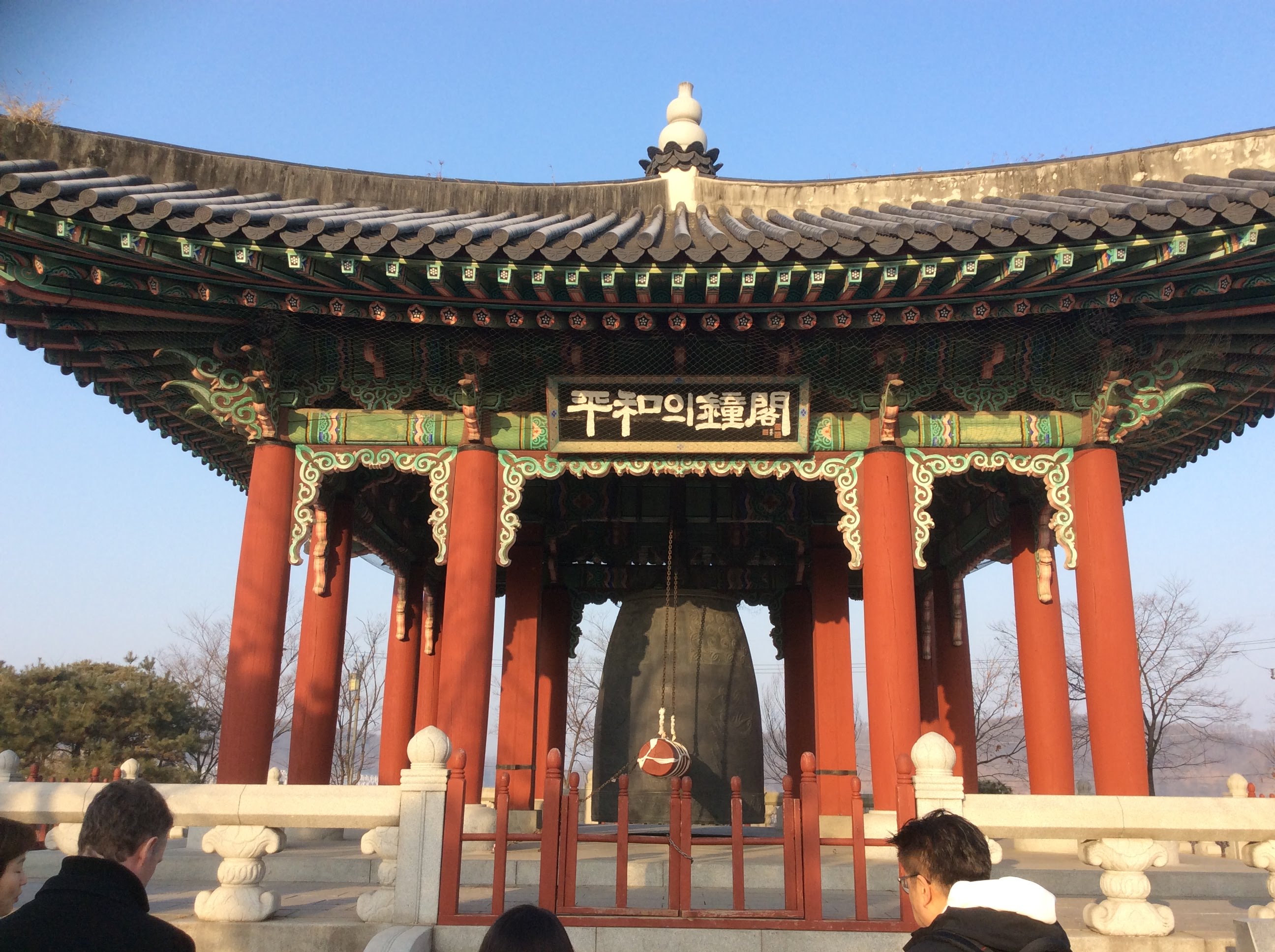

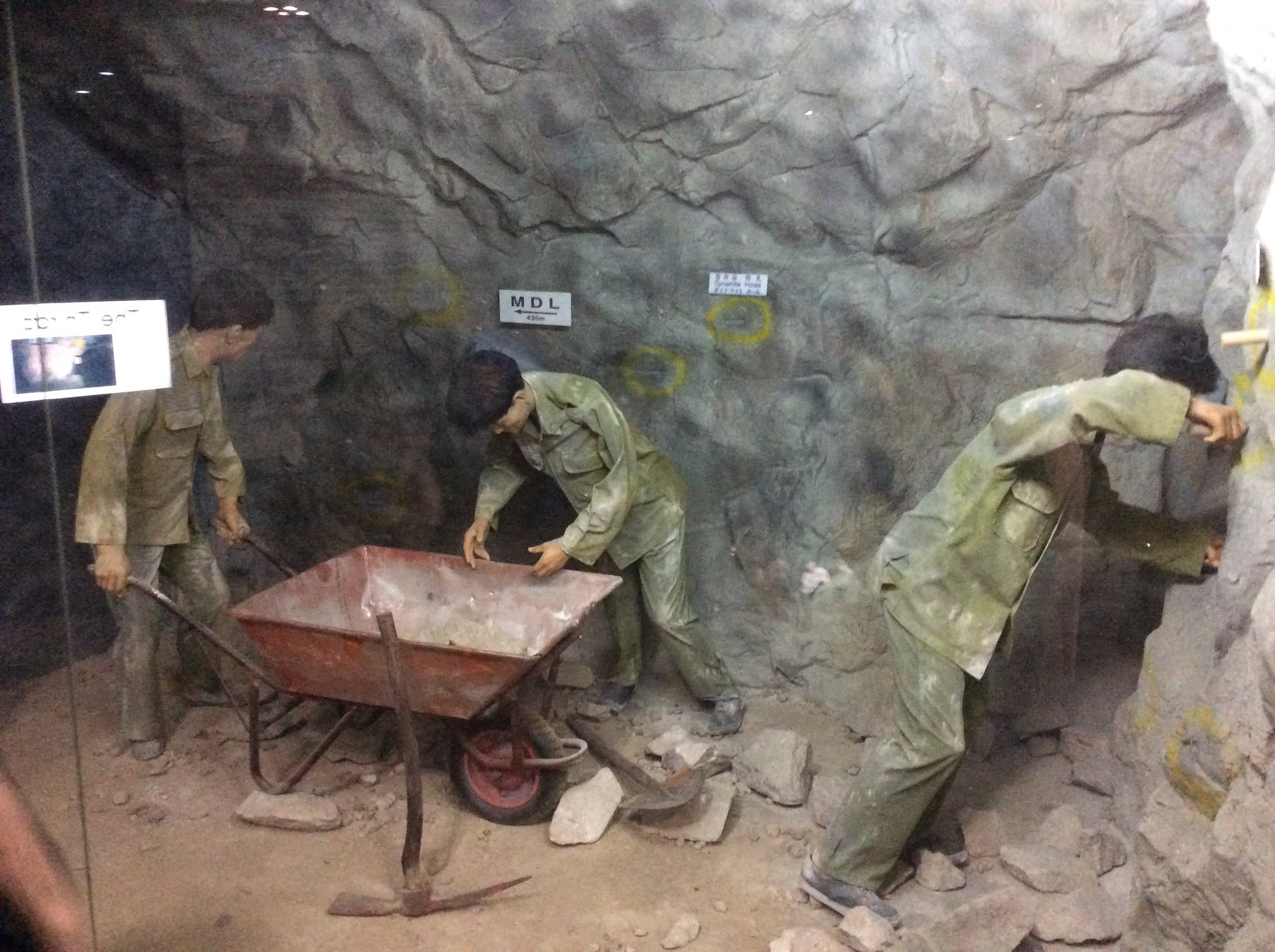
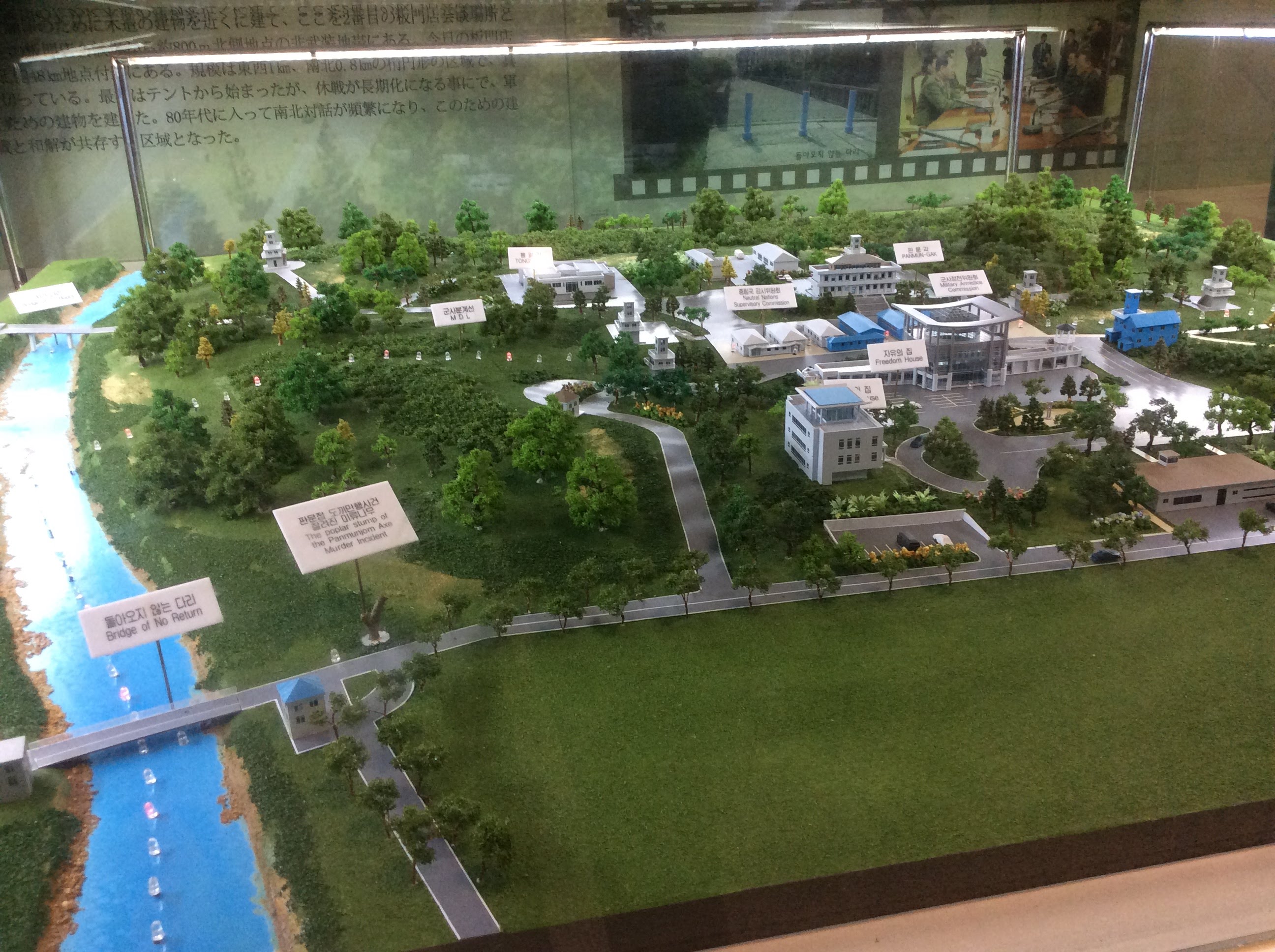

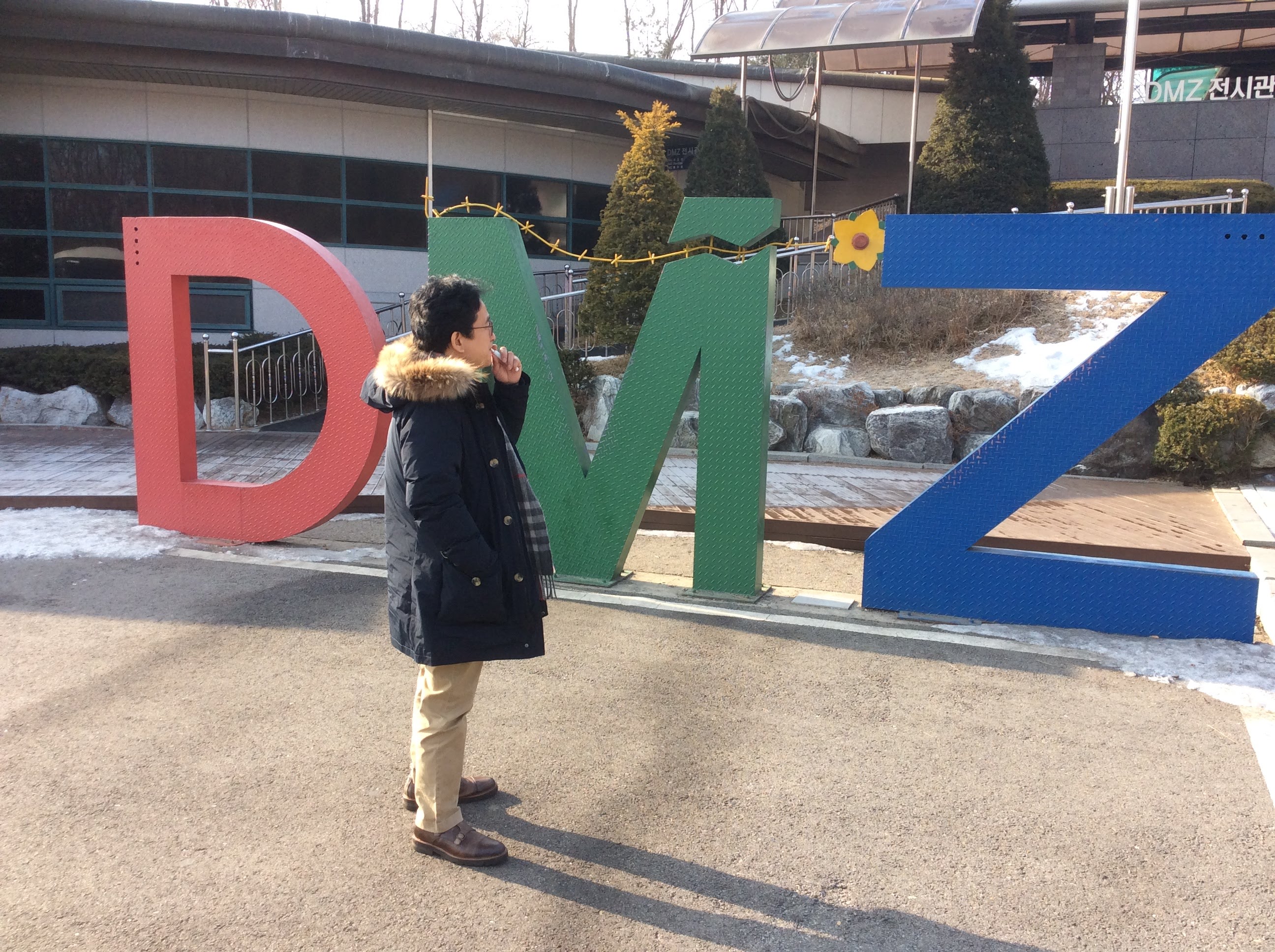
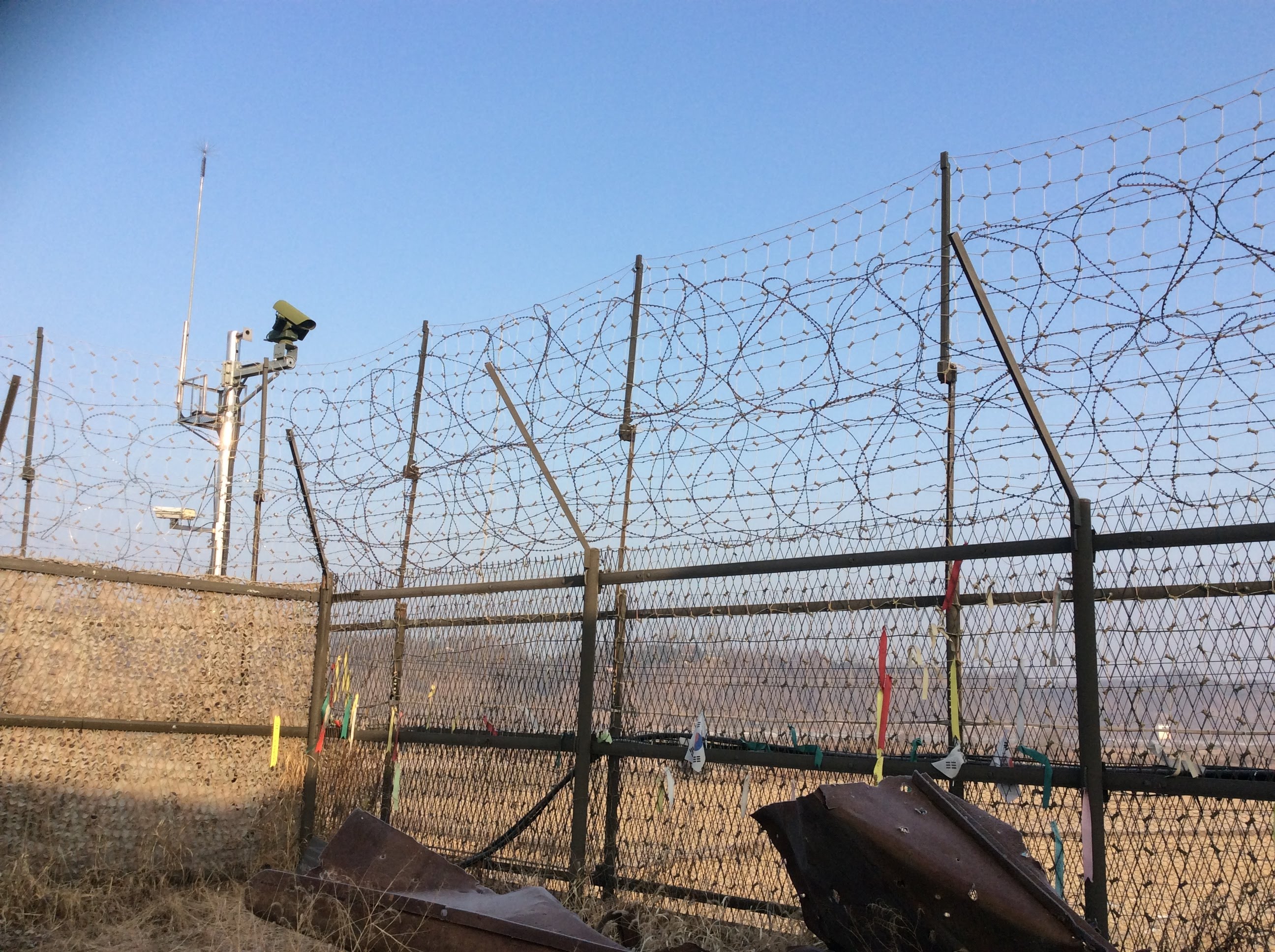 One thing that was exciting to discover is that, due to the state of war between the two Koreas and the untouched nature of the wilderness in the DMZ, it has grown over the years to become something of a nature park. Exotic birds and animals of diverse natures now live in the four-kilometre-wide minefield that separates the two Koreas. It has been proposed that in the case of future unification, the two countries agree to keep the DMZ as a heritage site of protected flora and fauna.
One thing that was exciting to discover is that, due to the state of war between the two Koreas and the untouched nature of the wilderness in the DMZ, it has grown over the years to become something of a nature park. Exotic birds and animals of diverse natures now live in the four-kilometre-wide minefield that separates the two Koreas. It has been proposed that in the case of future unification, the two countries agree to keep the DMZ as a heritage site of protected flora and fauna.
I can get behind that, as well as the idea of returning to the country after a state of peace has finally returned. Hope is frail but it’s hard to kill, as the saying goes. From the conversations with ordinary Koreans throughout the trip, it appears that I’m not the only one with at least a desire for a better future in that part of the world. May it be soon, and may the cost not be too high for the world to bear.
No Comments to At the Korean DMZ so far. (RSS Feeds for comments in this post)
No one has commented so far, be the first one to comment!